The Independent's journalism is supported by our readers. When you purchase through links on our site, we may earn commission.
World Wildlife Day: The best animal experiences, from bears in Canada to shoebills in Zambia
Get up close and personal with these animal experiences around the world
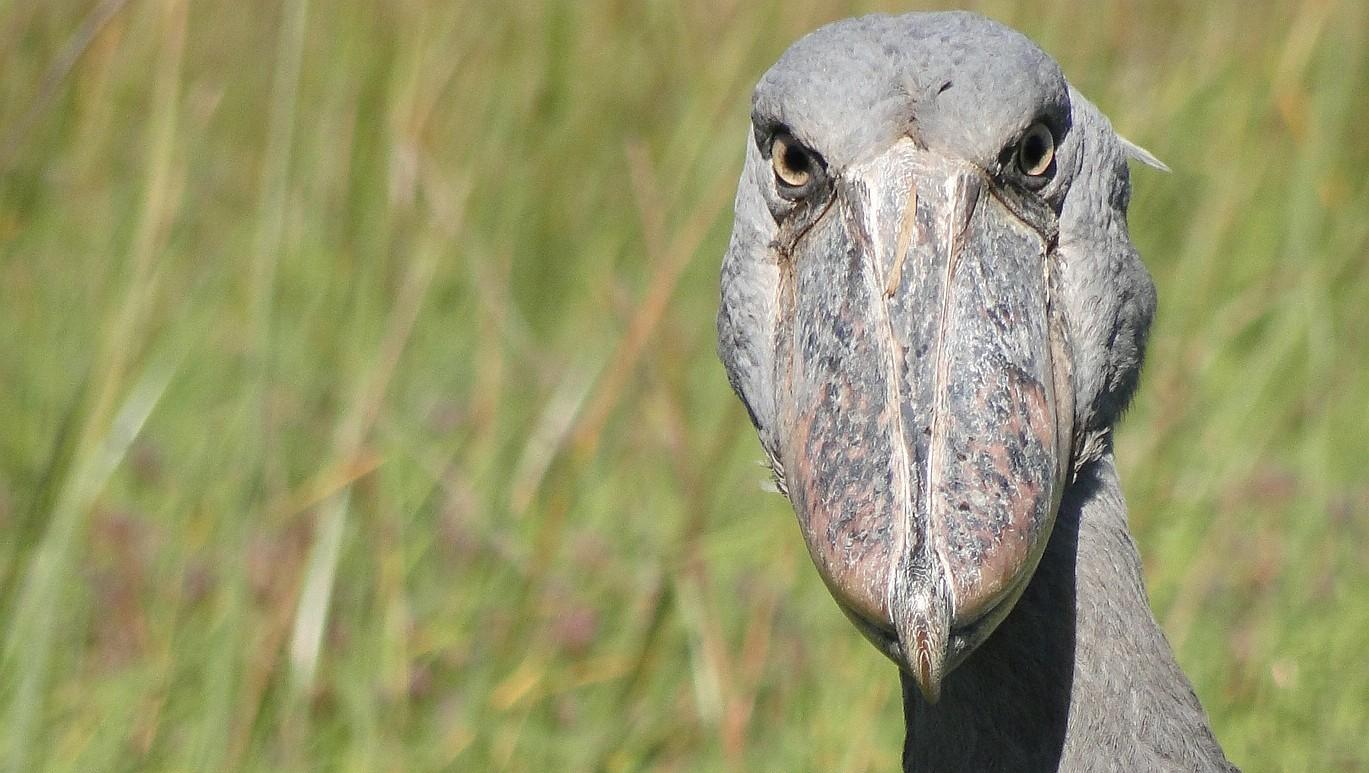
Fancy getting in touch with your wild side this year? Consider one of the following adventures, whether it’s the chance to spot the seriously scary shoebill bird or the opportunity to spend the night in South America’s most remote eco-lodge.
Go on a (spirit) bear hunt in Canada
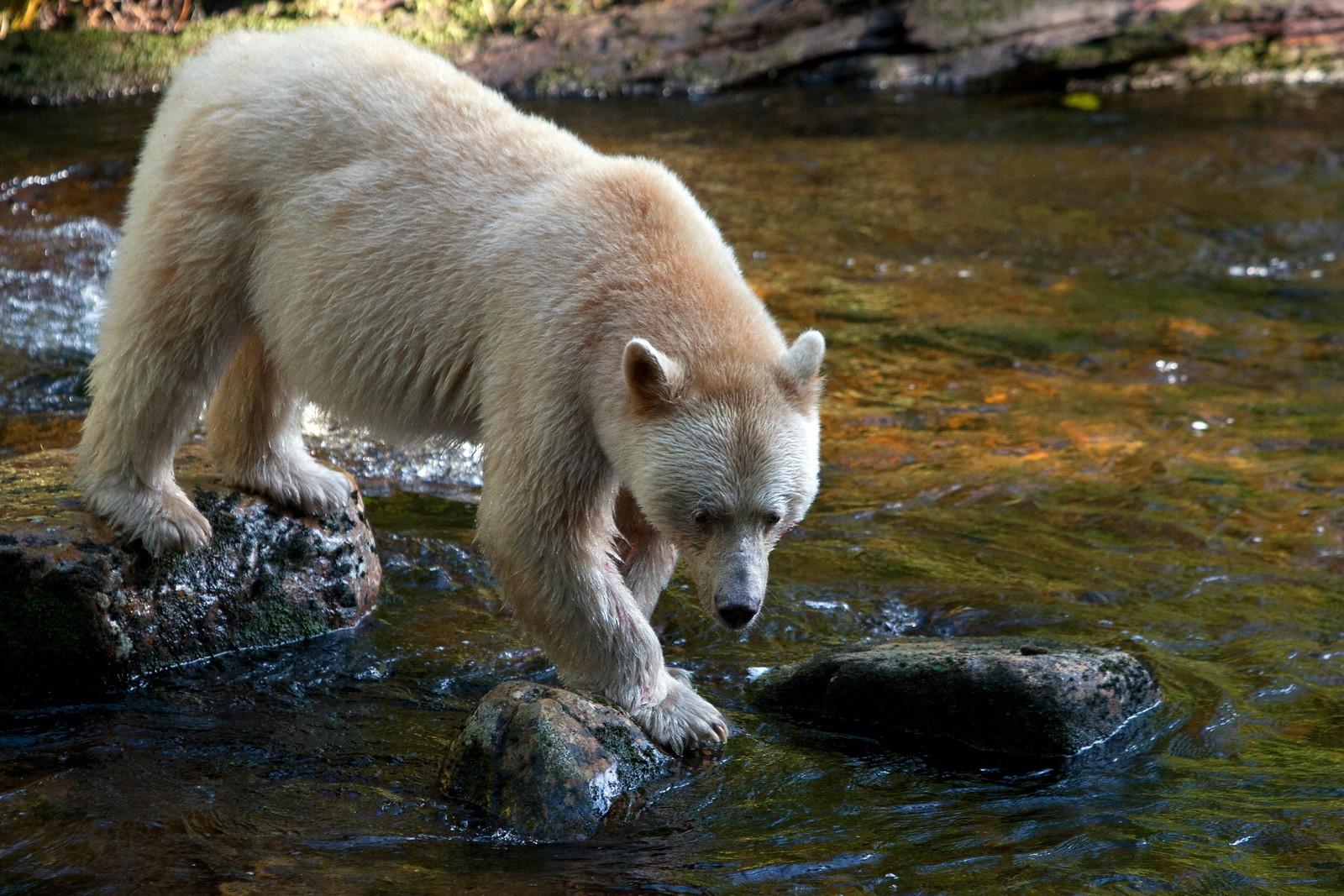
Contrary to popular belief, a spirit bear isn’t an albino version of a black or brown bear, but a black bear with a rare mutant gene – a side effect of which is white fur. One of the best places to spot them is British Columbia’s Great Bear Rainforest and Princess Royal Island. Windows on the Wild is one of several operators offering tours of this area – set sail with them and your mode of transport will be a 92-foot Edwardian schooner. You’ll be one of just eight guests, minimising the risk of a selfie stick blocking your view when the bears come out to play.
From £4,665 per person
windowsonthewild.com
Explore wild Alaska
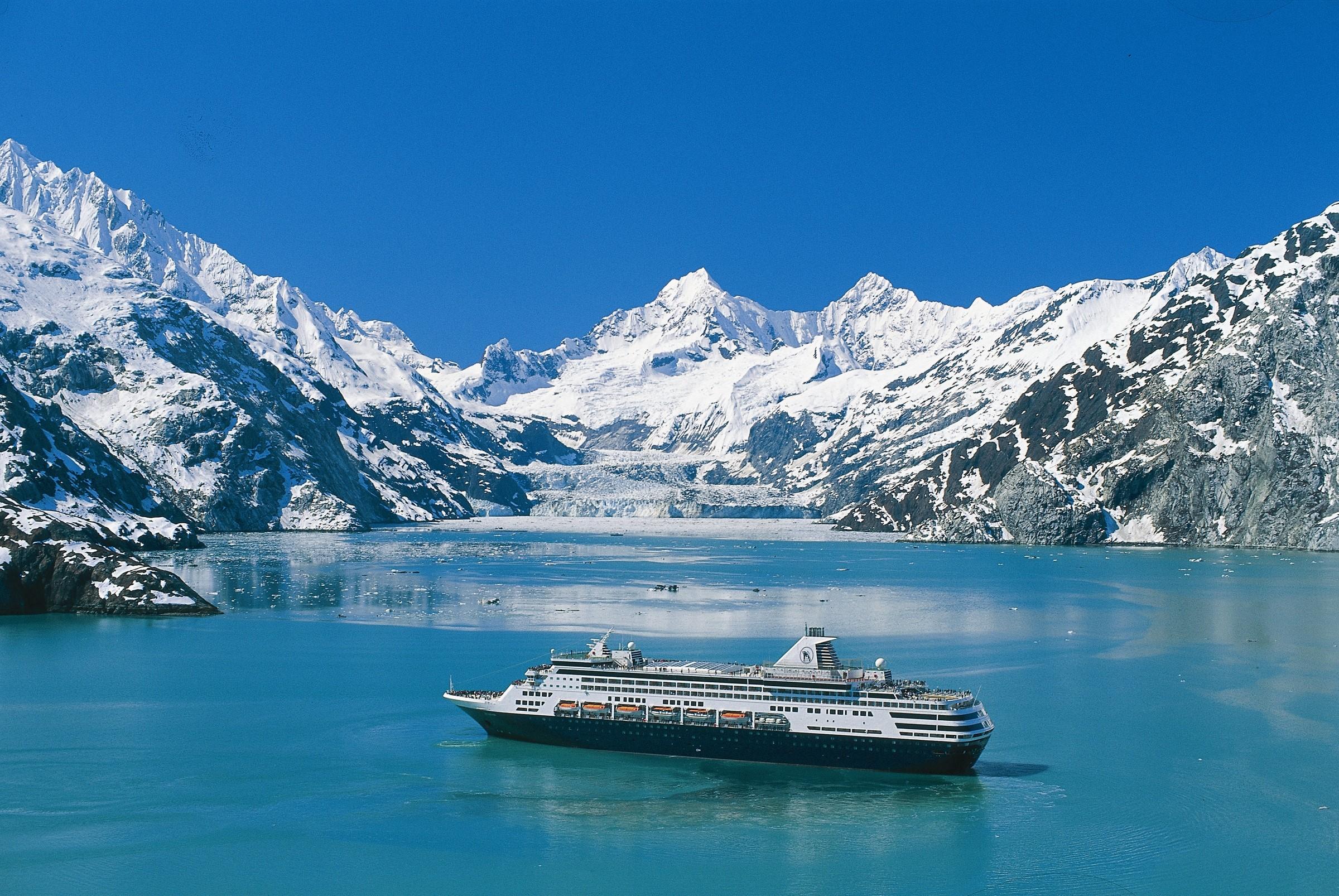
The Alaska cruise sector is expected to grow by over six per cent in 2020, with 10 new ships and 29 new ports of call. Our advice? Consider a sailing with Holland America – in May 2020, its beautiful MS Koningsdam ship will undertake her first ever Alaska sailing. Busting the myths that signing up for an Alaska cruise requires you to flog your worldly goods, a seven-day cruise starts at just £809 per person.
Holland America’s cruises are famous for their culinary offerings, and this particular ship’s fantastic range of restaurants include Tamarind for Asian specialities, Canaletto for Italian classics, and Nami Sushi, which comes with a side order of guilt when a salmon bounces past as you’re chowing down on your nigiri.
From £809 per person for a seven-day cruise
hollandamerica.com
Cuddle a koala in New South Wales
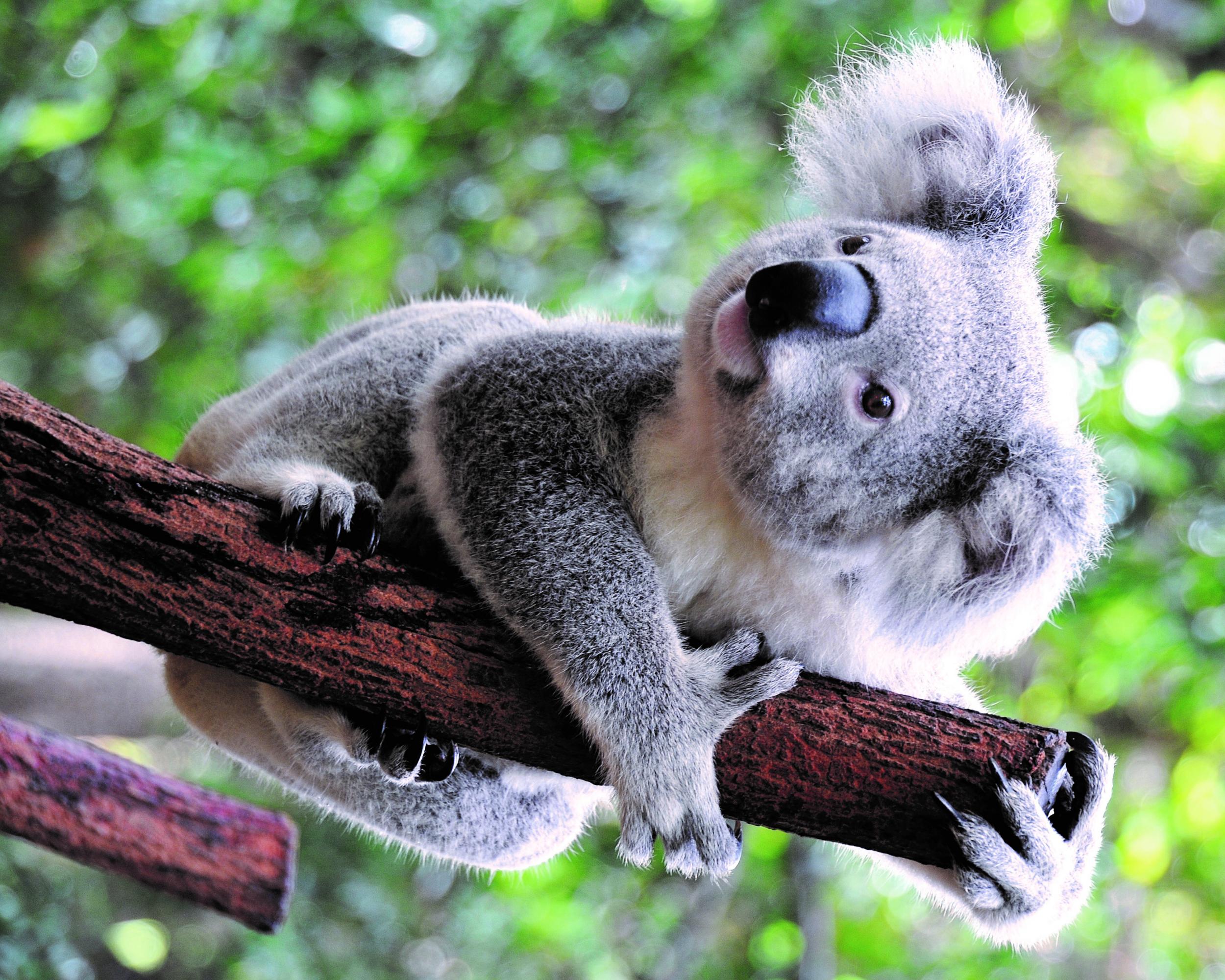
Let’s face it – koalas could certainly do with a cuddle right now, given the fires that have devastated large parts of Australia. Luckily, spring 2020 (the exact dates are yet to be confirmed) sees the opening of the Port Stephens’ Koala Sanctuary, an innovative centre set up to care for sick and injured koalas.
Stop by to visit the hi-tech koala clinic and explore the sprawling grounds (complete with a boardwalk and viewing platform), designed to allow visitors to admire the creatures in their natural setting. There’ll also be an on-site glampsite for visitors who simply can’t bear to leave.
Spot a shoebill on safari

Thought birdwatching sounds boring? Then you haven’t had the pleasure of meeting the shoebill, a fearsomely ugly swamp-dwelling bird with a machine gun-like mating call and the ability to swallow a crocodile whole (having impaled and decapitated it first).
Twitchers flock to Zambia during the summer months in the hope of glimpsing this prehistoric-looking predator, and this June, you can maximise your chances of spotting one by signing up for Robin Pope Safaris’ new shoebill safari. You’ll visit two of Zambia’s finest national parks along with Bangweulu Swamps, where you’ll stay at the appropriately named Shoebill Island Camp.
From £4,834pp for seven nights
robinpopesafaris.net
Monkey around in Singapore
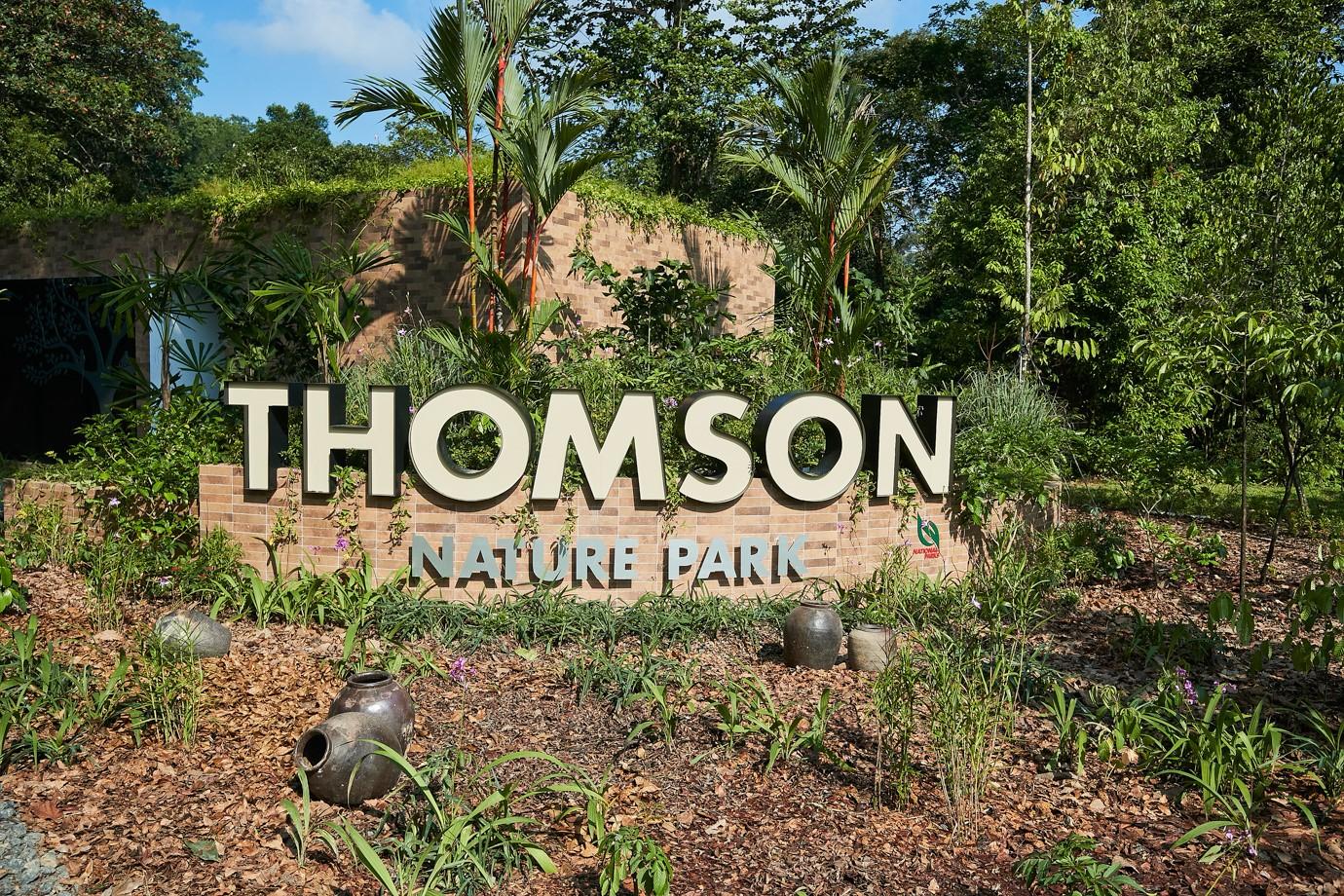
All too often people make the mistake of thinking Singapore is a concrete jungle, despite the fact that this leafy city state is bursting with parks and nature reserves. Its newest green space is the Thomson Nature Park, home to a colony of Raffles' langur monkeys – impossibly cute primates which are found only in Singapore and whose numbers are dwindling as a result of habitat destruction. The 50-hectare park’s other residents include porcupines, pangolins and mouse deers, and a network of five trails has been designed to showcase the area’s most spectacular flora and fauna.
Track pandas in India
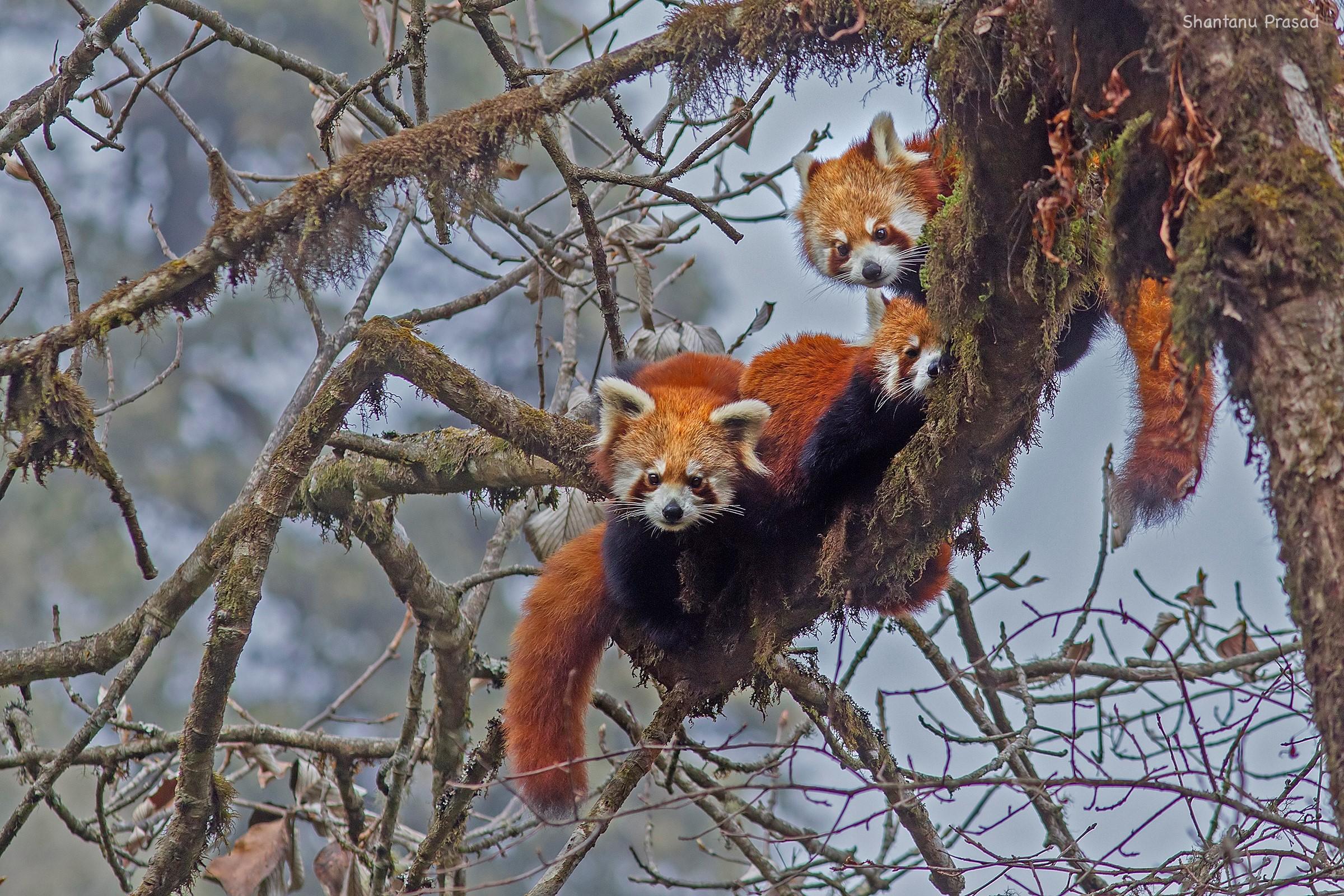
Bog-standard black-and-white pandas are few and far between (the majority are either in zoos or in China) not to mention somewhat passe – a downside to doubling as the logo for the world’s largest wildlife organisation. Not so the ridiculously cute red panda, which lives in India, China, Nepal, and Bhutan.
One of the most stunning places to spot them is India’s Singalila National Park, nestled among towering Himalayan peaks. Gane and Marshall is one of a handful of operators to offer dedicated red panda safaris, in this case an eight-day, expert-led adventure through Singalila. The highlight is a stay at Habre’s Nest, perched on a ridge near the India-Nepal border.
From £2,590pp for eight days
ganeandmarshall.com
Sign up for a sustainable safari
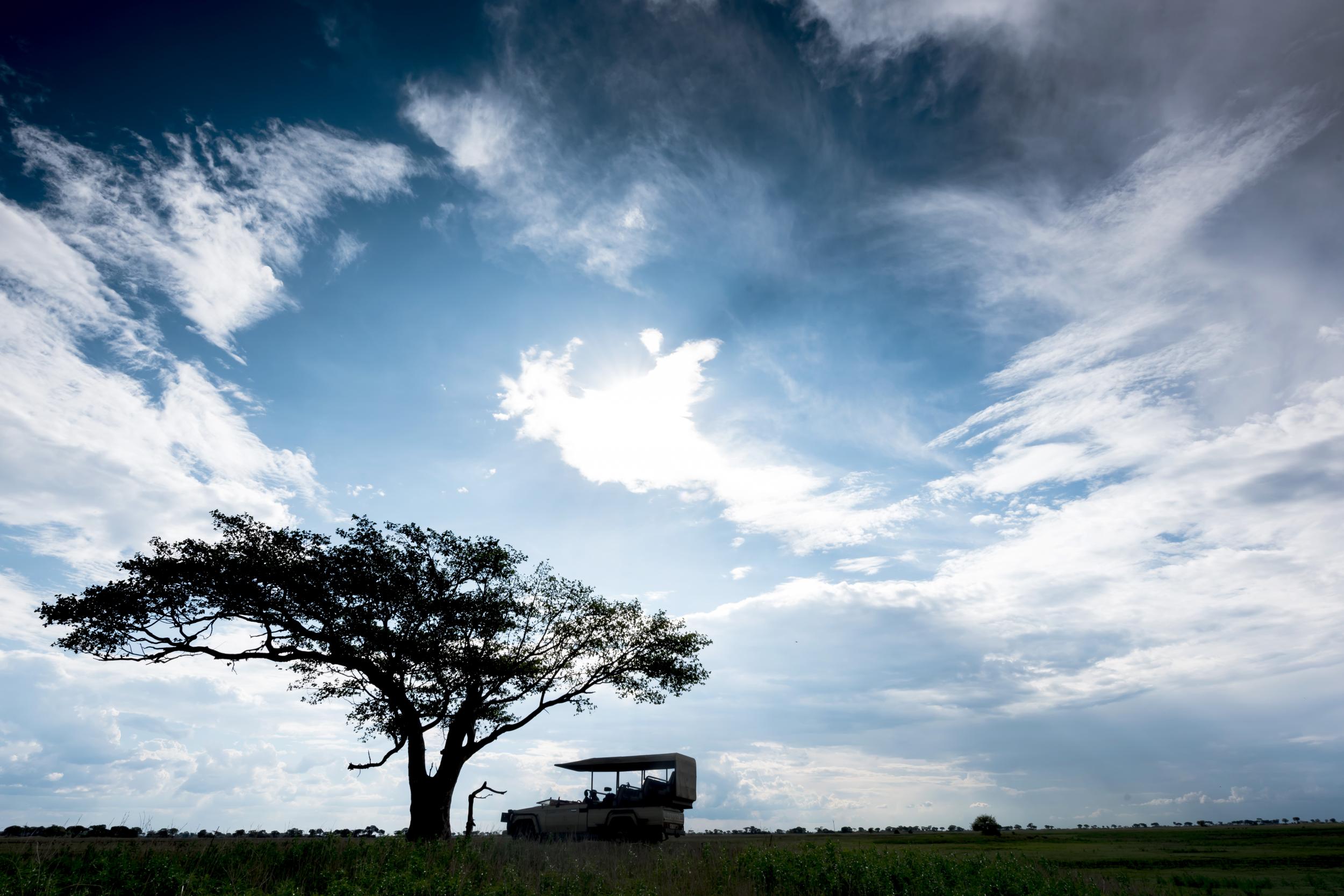
An African safari might not sound like the greenest of holidays, although a number of lodges are helping wildlife fans minimise their impact. Leading the pack (at least in Zambia), is Green Safaris’ Ila Camp, known for its pioneering approach to sustainability, whether it’s with electric vehicles (including an electric boat), their solar farm (which powers the entire lodge) or their anti-poaching efforts – projects supported by Green Safaris include a digital radio network designed to support poaching patrols. June will see the opening of an equally sustainable new camp, Chisa Busanga, in the northern section of Zambia’s Kafue National Park.
Stay in South America’s most remote wildlife lodge
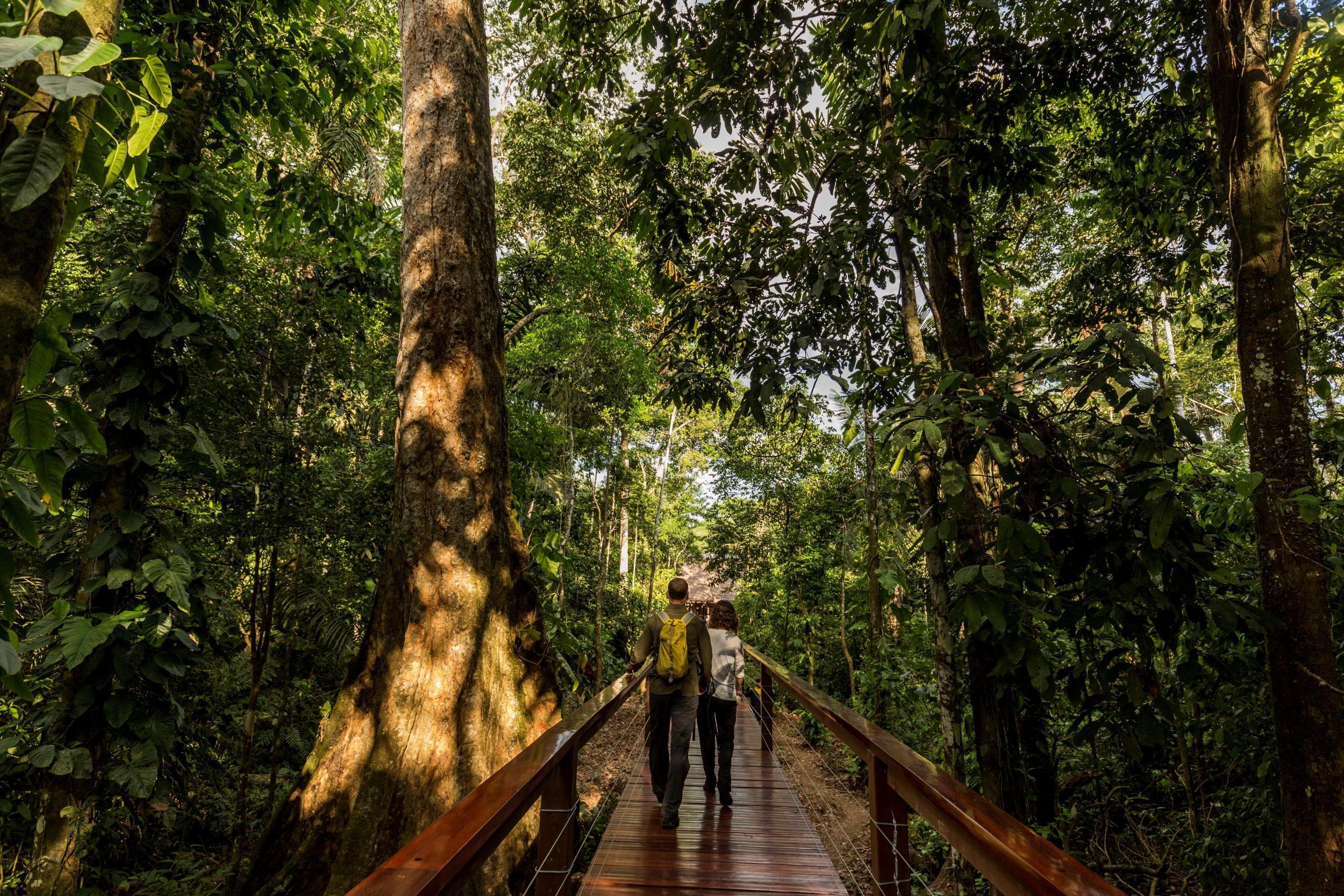
First things first – if you’re the kind of person who prefers to keep your wildlife at arm’s length, this next spot probably isn’t for you.
Peru’s Tambopata Research Centre was founded as a research base for wildlife researchers, and its remote location (it’s South America’s most remote eco-lodge and the only one inside the enormous Tambopata National Reserve) was chosen specifically for the mind-blowing diversity of wildlife. Book a night in one of the open-sided rooms and complimentary extras include howler monkey wake up calls and sightings of creatures you probably never knew existed, whether it’s bright yellow porcupines or agoutis, which resemble supersized squirrels.
From £500pp per night (including all activities, food and transfers to and from the lodge)
perunature.com
Stalk lions in Rwanda
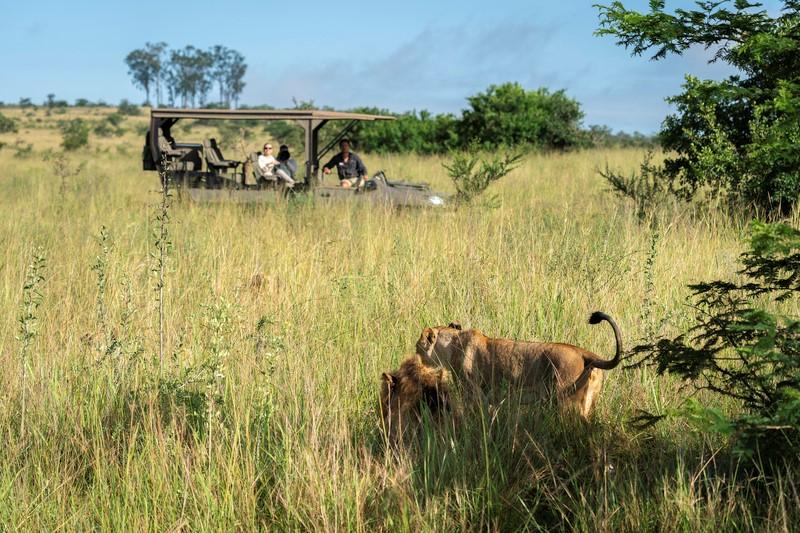
This next activity seems somewhat ironic, given that lions are creatures most people will go out of their way to avoid. On this occasion, however, you’ll be the one doing the stalking, using telemetry (picture a handheld aerial) to find the most fearsome member of the big five club, and helping conservationists keep track of their numbers. It’s an activity available to all guests staying at Wilderness Safaris’ Magashi Camp in Rwanda’s Akagera National Park.
During the 1994 genocide, thousands fled to the park – a mass displacement that wiped out the lion population. The big cats were finally reintroduced in 2015 and their numbers have now tripled. Which may or may not be a good thing, depending on your outlook.
Swim with giant cuttlefish in South Australia
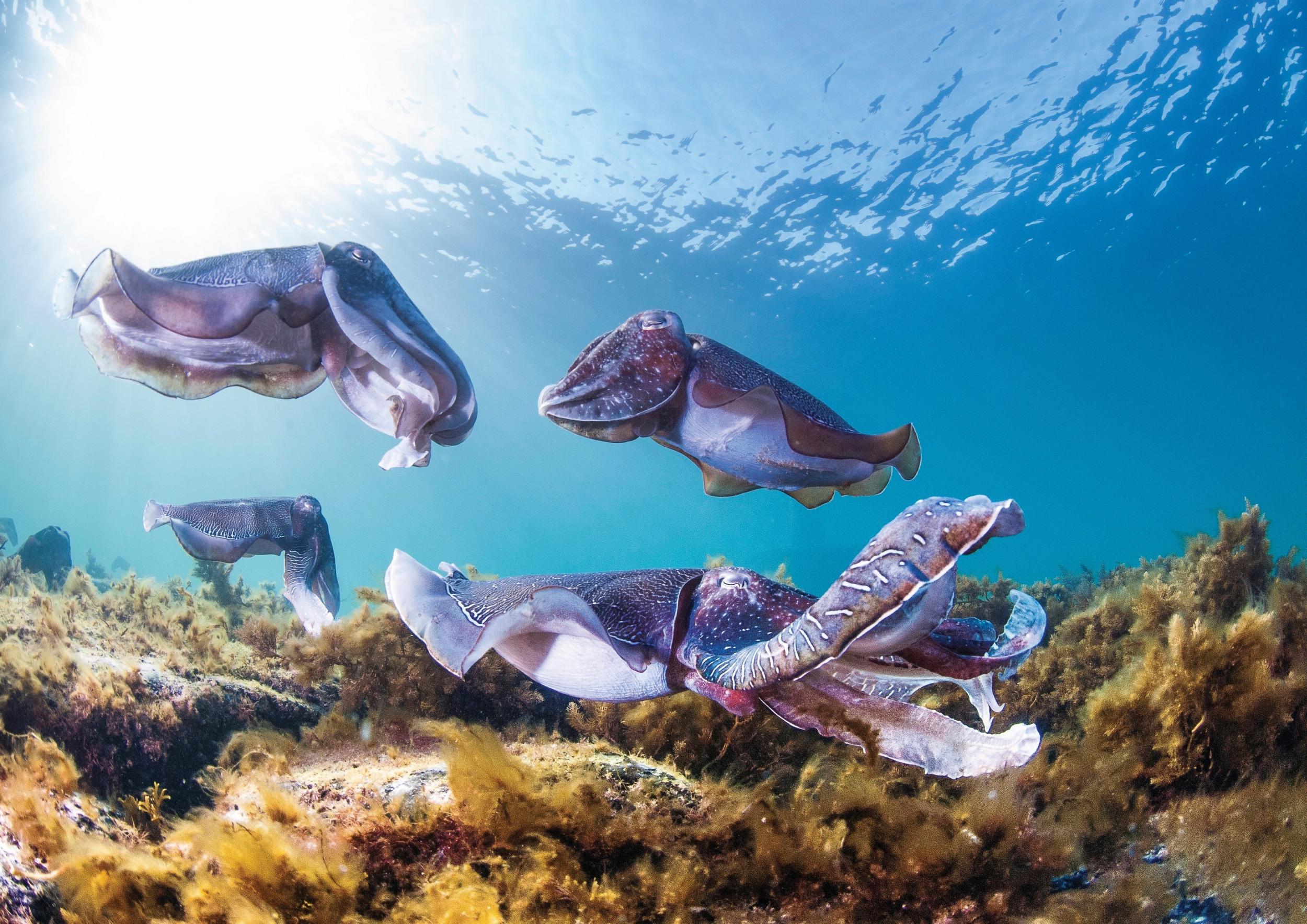
So you’ve paddled with pigs in the Bahamas and dived with great whites in South Africa. How about swimming with giant cuttlefish? There are various advantages, including the lack of teeth (they’ve only got nine) and their soft, floppy bodies – instead of a skeleton they’ve got a single buoyancy organ known as a cuttlebone.
The best place to spot them is in the waters off South Australia (more specifically the Upper Spencer Gulf Marine Park in Whyalla) where they congregate once a year, in June and July. Did we mention they can switch between 13 colours? Suddenly sharks look rather boring.
From £236pp
puresa.com.au
Sleep with the fishes at Australia’s first underwater hotel
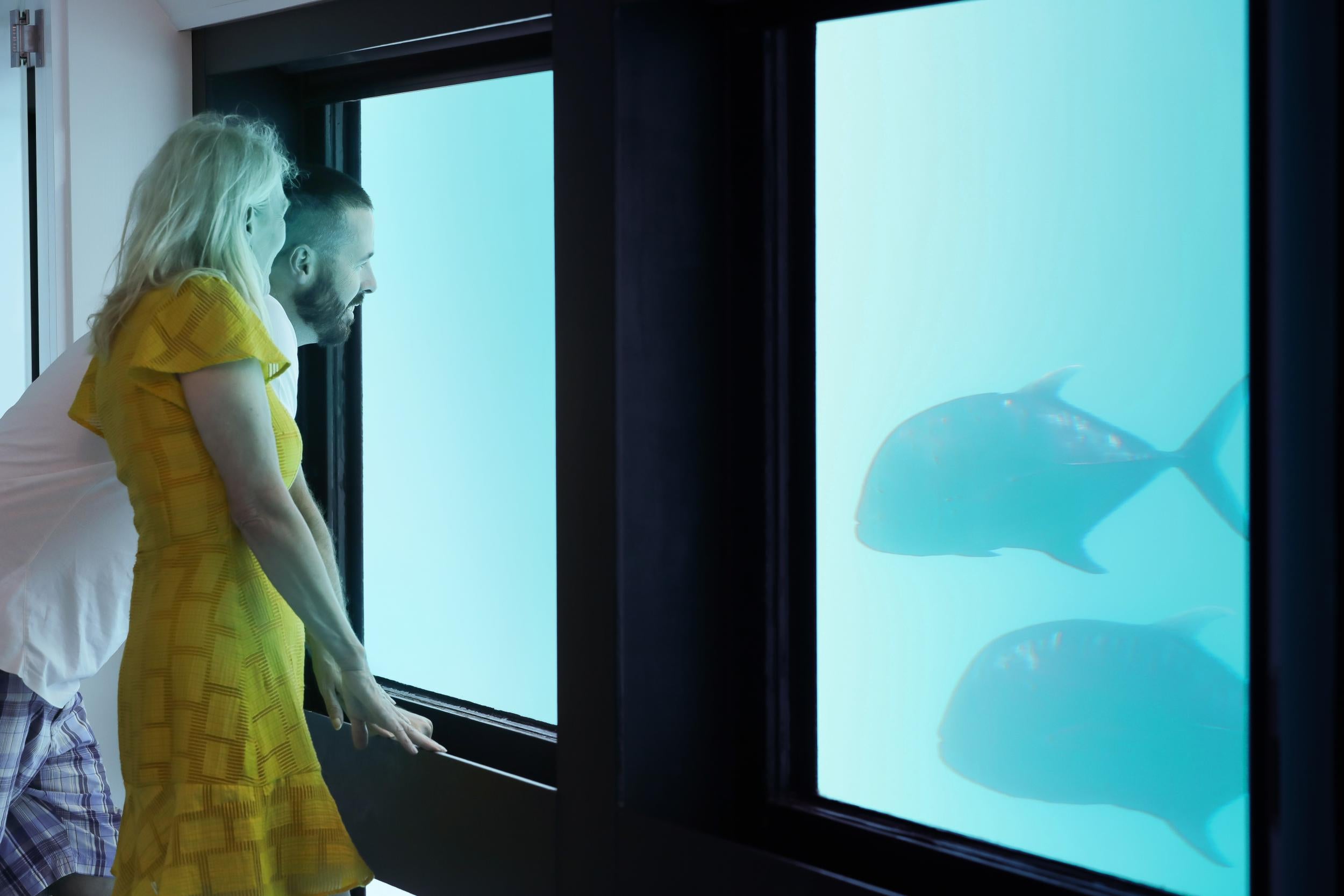
Yes, you can sleep in an underwater room facing a Dubai aquarium, but do you really want to wake up to the sight of a scuba diver cleaning out the tank’s water filters? For something infinitely more authentic, book a night at the Whitsundays’ ReefSuites – a floating platform with two submerged hotel rooms right next to the breathtaking Hardy Reef, one of the most beautiful sections of the Great Barrier Reef. The ReefSuites’ location means it’s easy to combine a stay with visits to nearby islands, including the gorgeous InterContinental Hayman Island Resort, which reopened in 2019 after a £70m refurbishment.
From £420 per night
cruisewhitsundays.com/experiences/reefsuites
Join our commenting forum
Join thought-provoking conversations, follow other Independent readers and see their replies
Comments
Bookmark popover
Removed from bookmarks